(Mise à jour pour être en accord avec la nouvelle version de la source de la page) |
m (FuzzyBot a déplacé la page Chauffe-eau solaire à thermosyphon/en vers Chauffe-eau solaire à thermosiphon/en sans laisser de redirection : Extrait de la page à traduire « Chauffe-eau solaire à thermosyphon ».) |
(Aucune différence)
| |
Version du 30 janvier 2020 à 17:04
Introduction
Solar water heating systems use solar panels, called collectors.
This allows the heat from the sun to be collected and used to heat the water that is stored in a hot water tank.
There are two types of solar panels for water heating:
- vacuum tubes;
- flat collectors, which can be mounted on a wall or a roof.
Vacuum collectors are known to be more efficient because they suffer less leakage (thanks to the air vacuum in the tubes) than flat collectors. They are nevertheless more complicated to realize in low-tech.
We decided to test a plane-type sensor operating as a thermosiphon, i.e. without pumping system.Étape 1 - Thermosyphon Theory
Our system has no pumping system. The water circulation is only done thanks to a thermodynamic phenomenon called thermosiphon.
The principle of the thermosiphon system is that cold water has a higher density than hot water because it is more compact. It is therefore heavier and sinking. However, all systems tend towards a state of thermodynamic equilibrium. There is a movement called thermal convection to mix hot and cold water.
For this reason, the solar collector is always mounted underneath the water storage tank, so that the cold water from the tank reaches the collector via a downhill water pipe. When the water in the collector heats up, the hot water rises naturally, pushed up by the cold water and returns to the tank. The cycle tank -> water pipe -> collector heats the water until it reaches an equilibrium temperature. The consumer can then use the hot water from the top of the tank.
Étape 2 - Frame construction
The measurements are given for information only. They have to be adapted according to the size of your window.
- On the 85x85cm plywood plate, screw two 85cm cleats and two 72cm wooden strips to form a frame. Choose strips about 6 cm thick to have a little depth.
- Check that your glass fits into the frame.
- Add holds inside the frame so that you can rest the glass on it.
- Drill two 6mm diameter holes on one side of the frame. These will be used to lead the copper pipes outwards.
Étape 3 - Isolation
In order to retain maximum heat inside the water heater, it is important that the frame is insulated as much as possible. Air leakage and thermal bridges must be avoided. We have therefore insulated the bottom of the frame.
- Cut cardboard (or other insulation) to fit the bottom of the frame perfectly.
- Cover the cardboard with 2 layers of aluminium foil. The purpose of this is to distribute the heat evenly over the surface in contact with the copper tube.
Étape 4 - Water circuit
In this system, there is no heat exchanger as in a conventional hot water tank. The water in the tank passes directly through the copper pipe and heats up on contact with it. We will therefore form a circuit in order to maximize the exchange surface between the pipe and the water.
- Using a bending tool, form a circuit with the copper pipe.
Note: It is important to use a suitable tool to make a nice bend and not to make a bend in the pipe. At this diameter, the pipe tends to bend quickly and will eventually break.
- Make sure to keep a good straight length at the ends and take them out through the 2 holes provided for this purpose in the frame.
- In order to maximize the exchange surface between the circuit and the bottom of the frame covered with aluminium foil, fix the circuit with screws and hooks (see photos).
Étape 5 - Glass pose
- Place the glass on the frame holds. Make sure that it is tightly fitted and sealed. If necessary, fill the gaps with cardboard, fabric or silicone for insulation.
- To fix the glass to the frame, screw strips on the edges.
Étape 6 - Connection to the water tank
For the water tank, we have chosen a 30L waste bin with a lid. Ideally, the tank should be insulated to conserve heat.
- Cut the copper pipes coming out of the frame leaving 2-3cm.
- Attach a silicone or latex tube to each of the outlets using hose clamps. Make sure that the connection is airtight by blowing into the silicone/latex tubes when the circuit is filled with water, for example.
Note: Be careful not to over-tighten the hose clamps which will eventually tear the silicone/latex hoses.
- Dip both hoses into the tank.
Étape 7 - How it works
Published
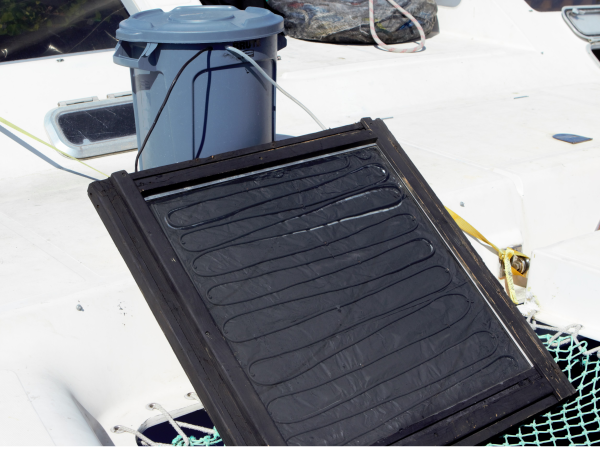
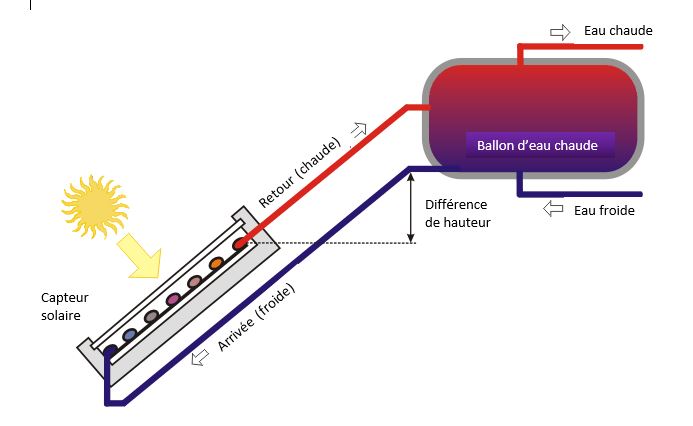
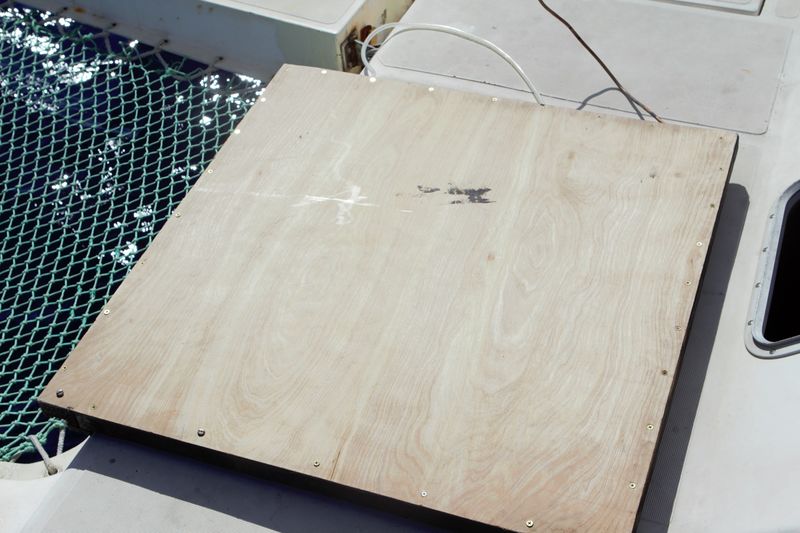
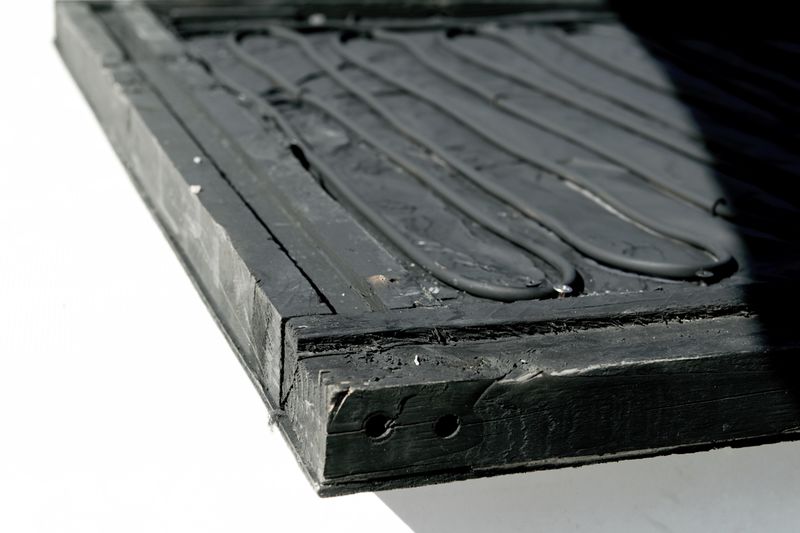
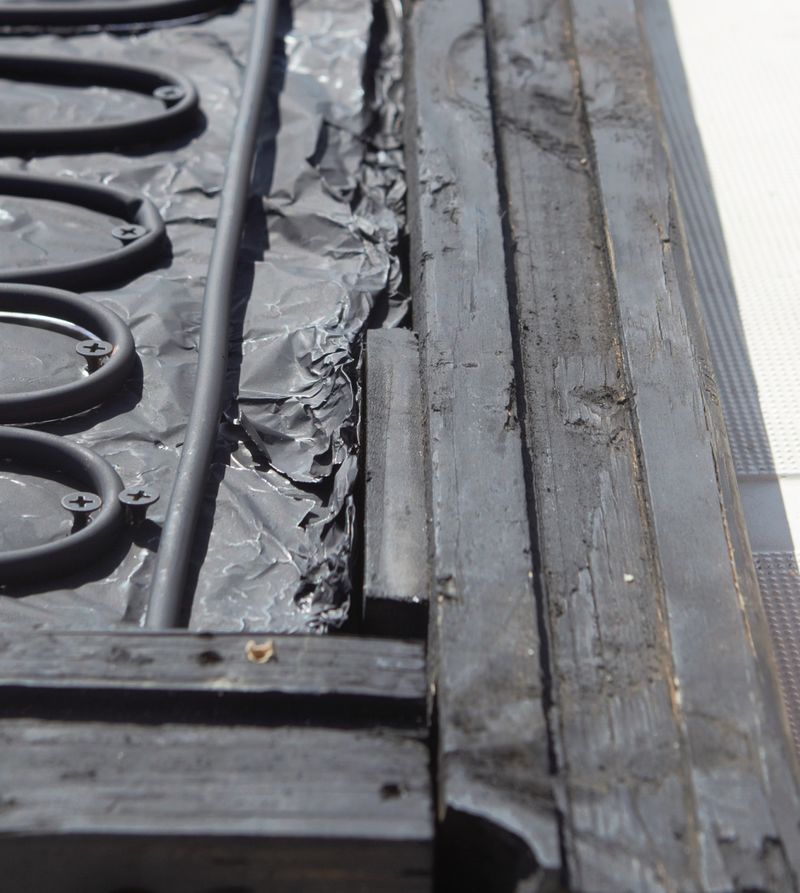
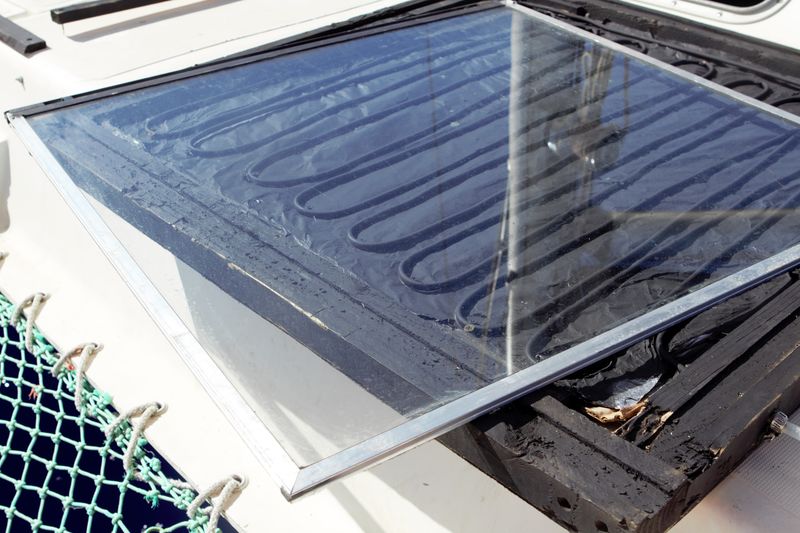
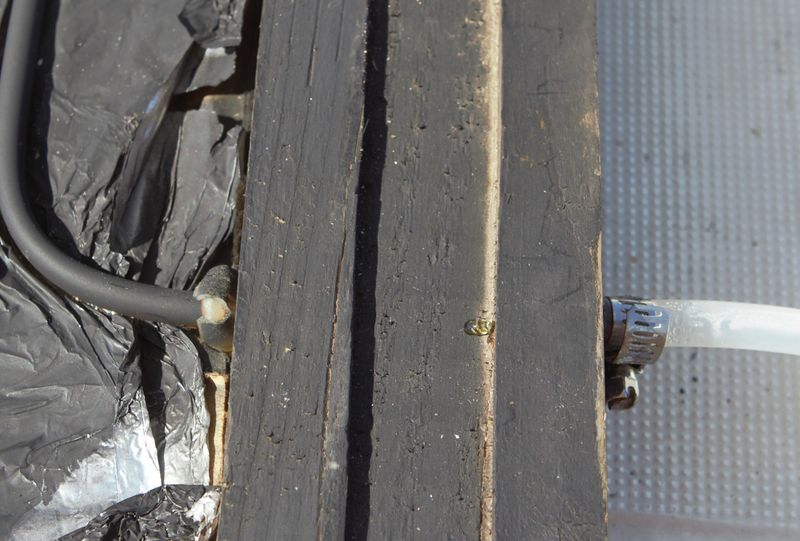
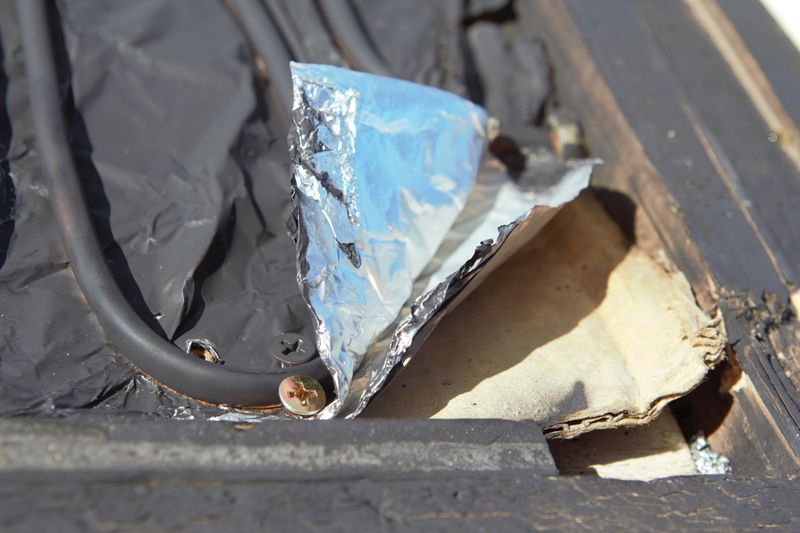
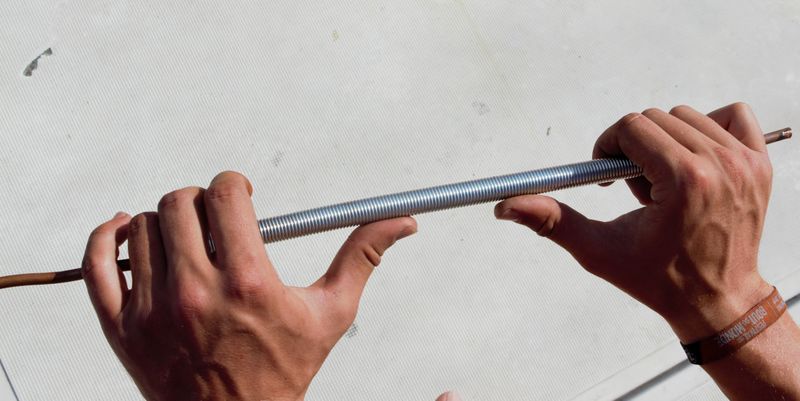
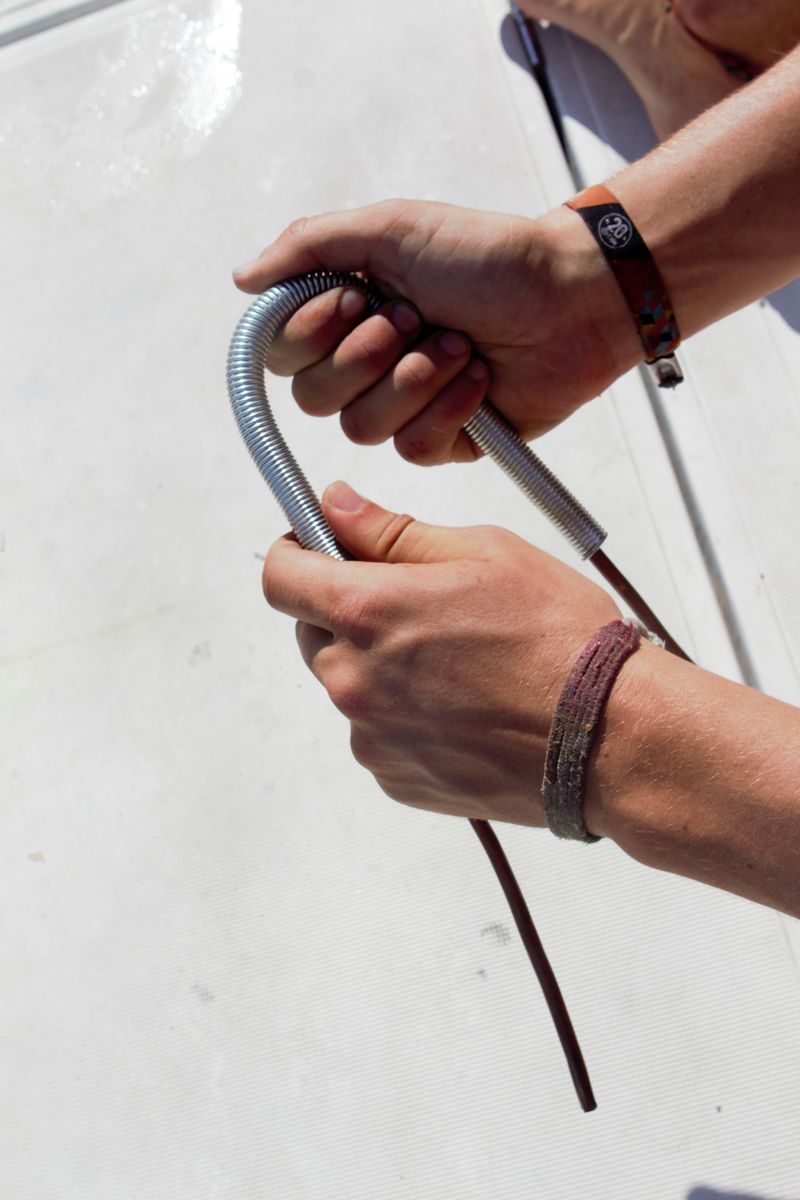
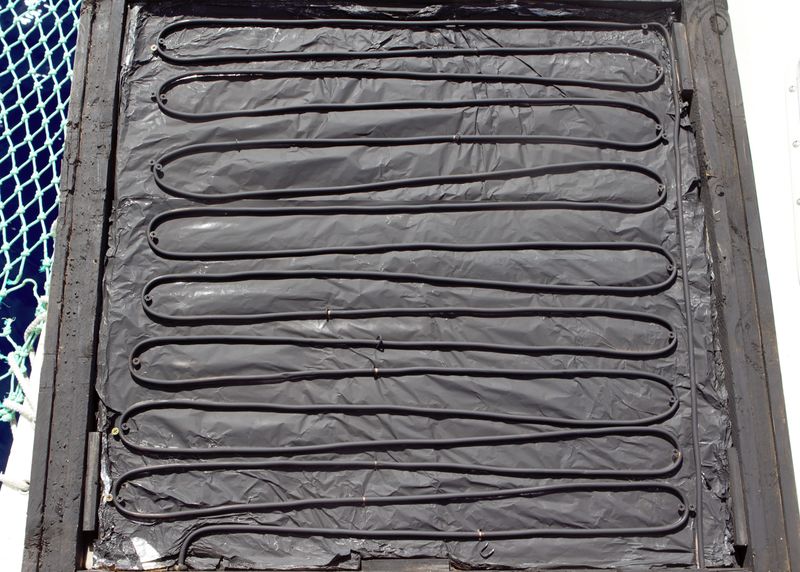
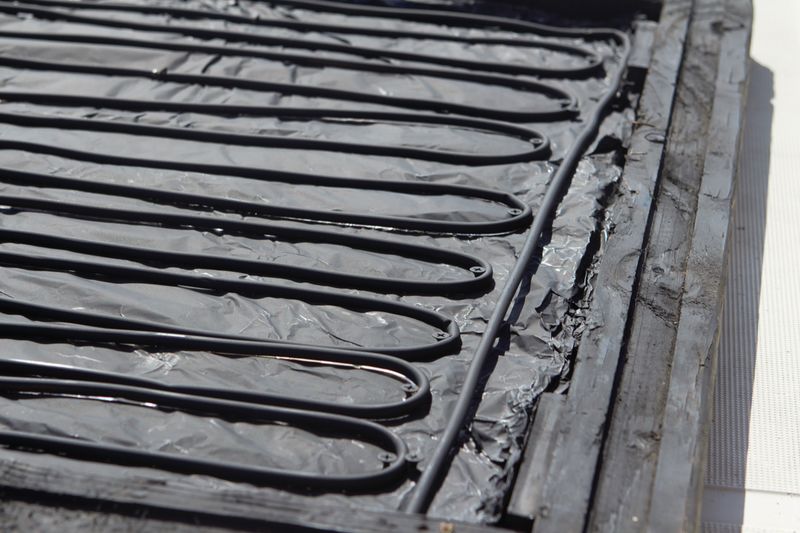
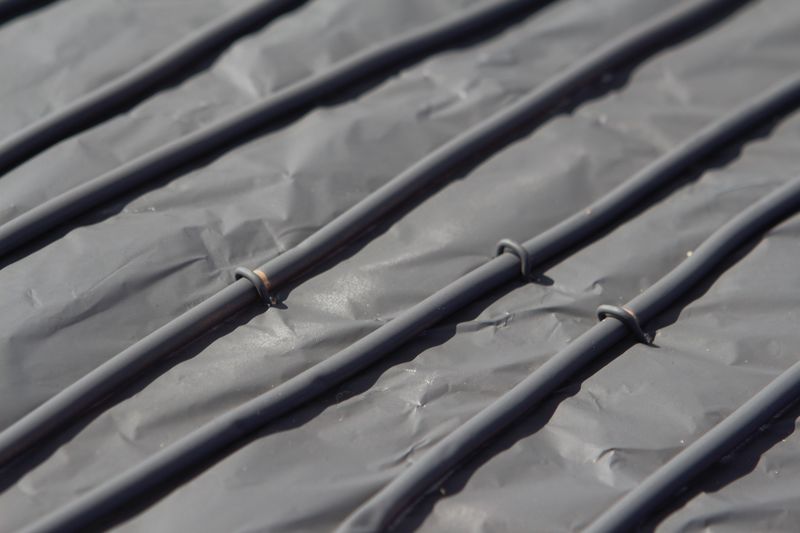
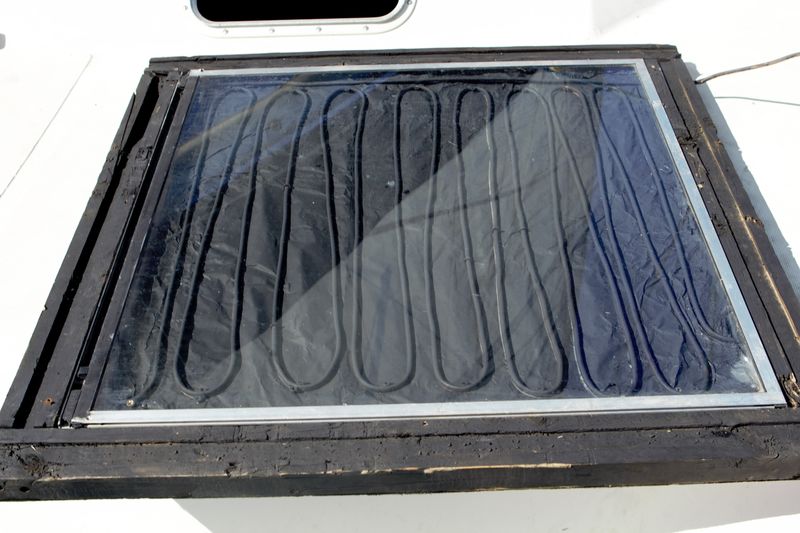
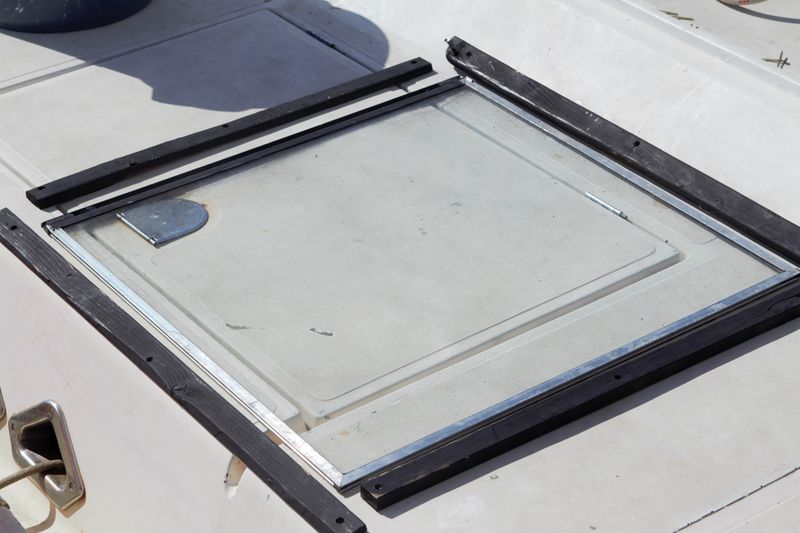
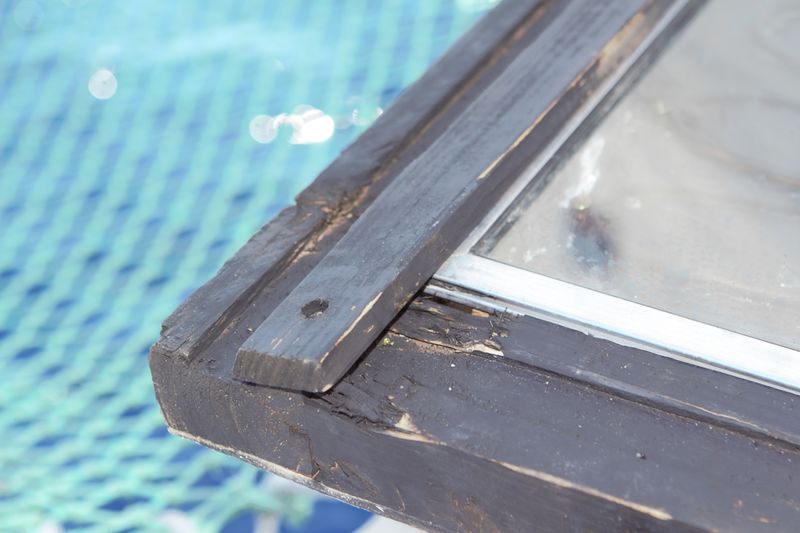
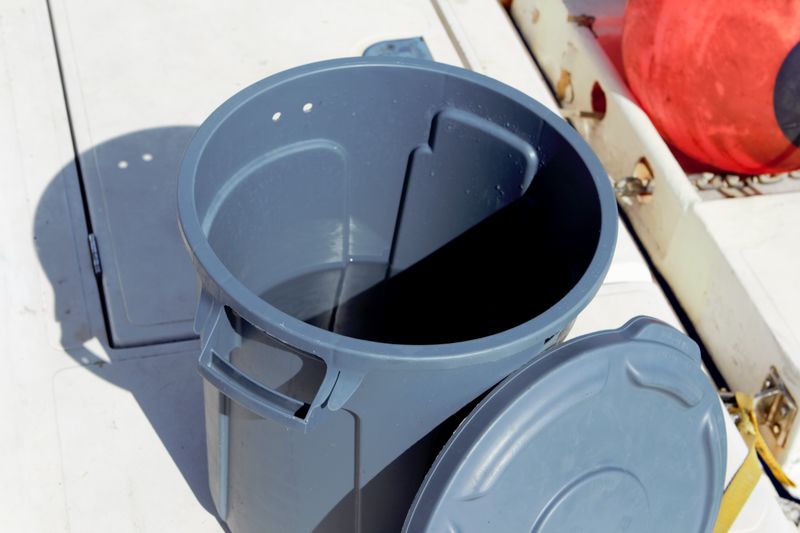
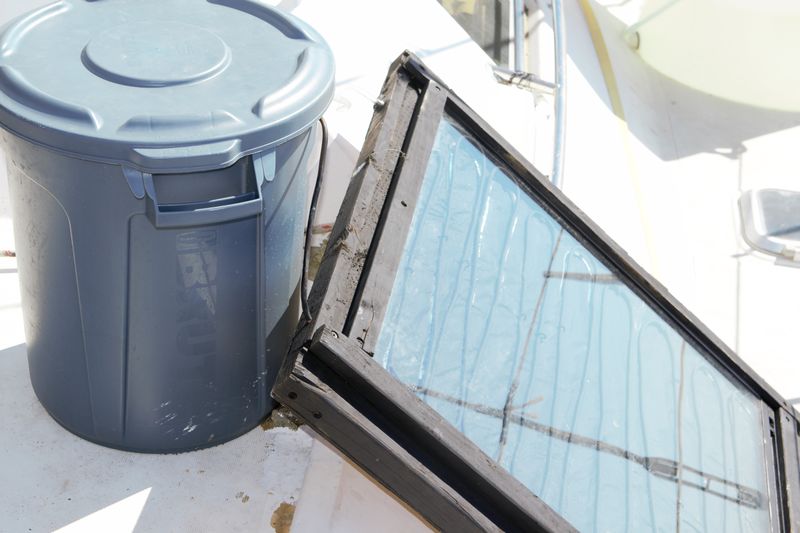
 Français
Français English
English Deutsch
Deutsch Español
Español Italiano
Italiano Português
Português